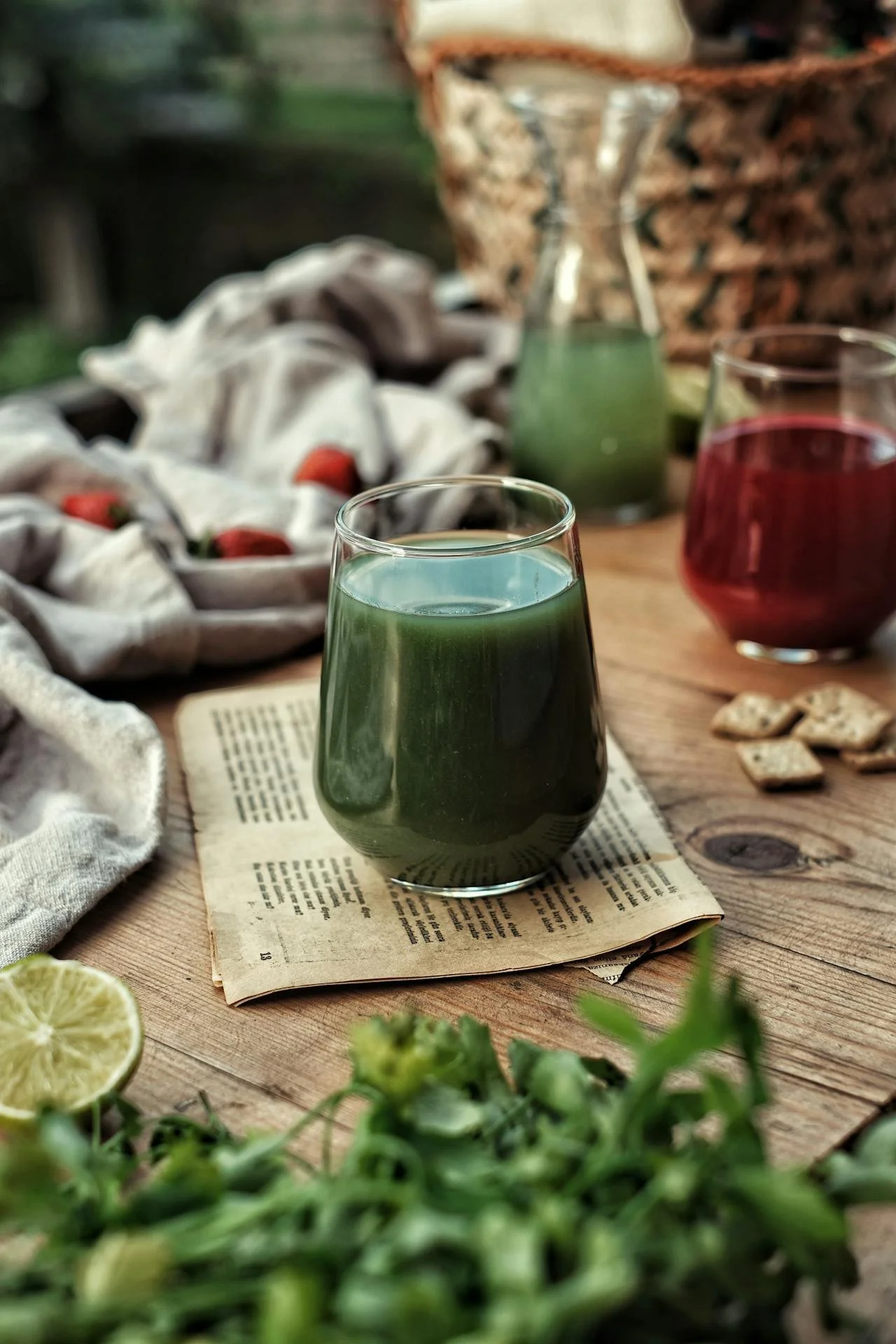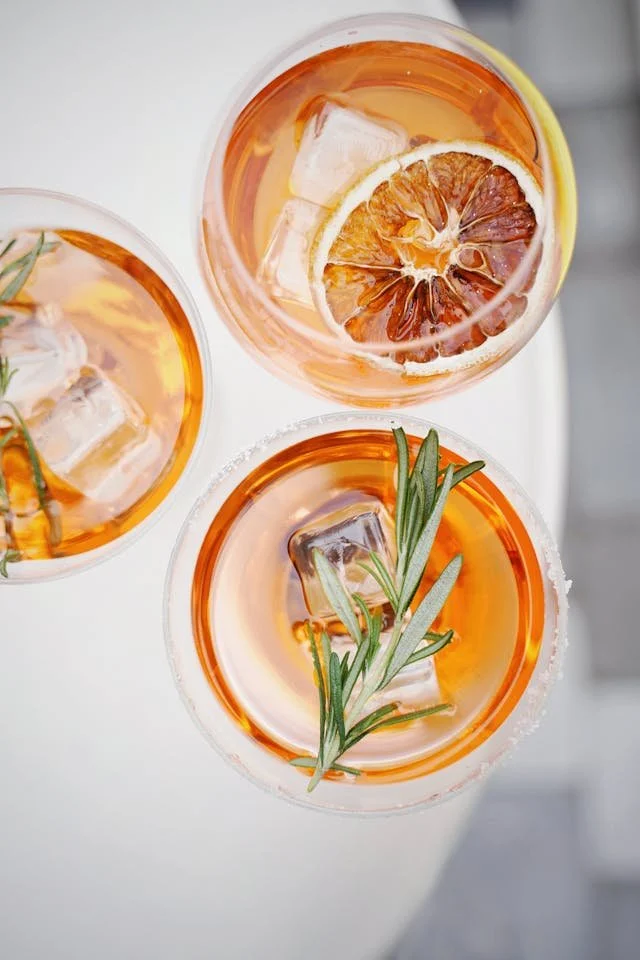
Learn fitness, healthy whole food diets, wellness, and other personal training tips/recipes from Denver’s weight loss personal trainer.
Deer Mountain Trail in Rocky Mountain National Park: A Perfect Colorado Hike for Early March
ABSTRACT
Discover Deer Mountain Trail, one of the best moderate hikes in Rocky Mountain National Park, offering stunning views without the crowds. Ideal for Colorado hiking in March, this 6.45-mile trail at 10,007 feet elevation has minimal avalanche risk and manageable terrain. Enjoy an easy-to-follow route with sunny conditions, excellent traction, and spectacular scenery near Estes Park. Plan your winter hike now for unforgettable Rocky Mountain National Park trails.
Keywords
Deer Mountain Trail
Rocky Mountain National Park hikes
Colorado hiking trails
March hiking Colorado
Winter hikes RMNP
Moderate hikes Rocky Mountain National Park
Avalanche-safe hikes Colorado
Deer Mountain elevation gain
Rocky Mountain National Park trails
Best winter hikes Colorado
Colorado Hikes: Deer Mountain Trail in Rocky Mountain National Park
Time of Year: Beginning of March.
Weather: 41 degrees and sunny at 8:58 am.
Cover: 65% covered with a tree canopy.
Time: 8:58 am - 11:53 am.
Distance: 6.45 miles total.
Cost: Daily or annual Rocky Mountain National Park pass.
Bathroom at Trailhead: Nearby.
Difficulty: Moderate level 1 for altitude (10007 feet), elevation gain (1421 feet), and length (6.45 miles).
Route: Deer Mountain Trail and back.
Traffic: Light.
Parking: 50% full by 8:58 am.
Equipment: La Sportiva Trango Tech GTX Hiking Boots, Black Diamond Alpon Carbon Cork Trekking Poles, Osprey Talon 33 Backpack
Terrain: A gravel dirt path with rocks until halfway up. A packed snow-covered trail to the peak.
Experience: For personal training clients looking for the views of Rocky Mountain National Park without the crowds and parking challenges, Deer Mountain Trail is an underrated option. Just situated beyond the entrance of the park, you’re granted outstanding views with less of the work and drive. While the remainder of Rocky Mountain National Park should undoubtedly be explored, Deer Mountain is somewhat from the winter conditions with a lower elevation. The trail was well-marked and easy to follow and offered a hiking experience in March without the threat of avalanches.
Personal Trainer Notes: As I mentioned before in past reviews of winter hikes, avalanche danger is a concern and should be the focus of any trail consideration above 9000 feet of elevation. While I prepared to snowshoe on this hike, the incredible Colorado weather granted me a t-shirt day without risk. Mild temperatures with a warm sun and no mud. While the microspikes were necessary on the upper half of the trail, traction was great. Definitely consider this trail for a taste of a national park during the colder months of Colorado.
List of Hiking Trails in Colorado
To check out more hiking reviews with pictures, visit “List of Colorado Hikes.” You’ll find options across a spectrum of difficulty, including many trails in the foothills and front range.
ABOUT THE AUTHOR: MICHAEL MOODY, PERSONAL TRAINER
As an author, a personal trainer in Denver, and podcast host, Michael Moody has helped personal training clients achieve new fitness heights and incredible weight loss transformations since 2005. He also produces the wellness podcast "The Elements of Being" and has been featured on NBC, WGN Radio, and PBS.
Michael offers personal training to Denver residents who want to meet at the 2460 W 26th Ave studio….or in their homes throughout LoHi (80206), LoDo (80202), RiNo (80216), Washington Park (80209), Cherry Creek (80206, 80209, 80243, 80246, 80231), and Highlands (80202, 80211, 80212). Michael also offers experiences with a personal trainer in Jefferson Park (80211) and Sloan's Lake (80204, 80212).
If you’re looking for a personal trainer who can curate a sustainable (and adaptable) routine based on your needs and wants, Michael is the experienced practitioner you’ve been looking for. Try personal training for a month…your body will thank you!






































